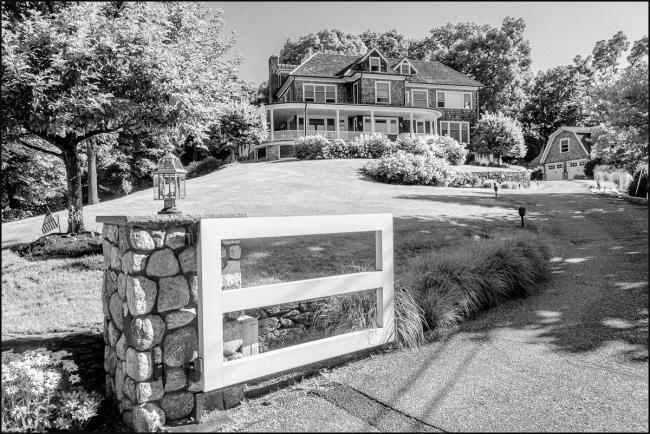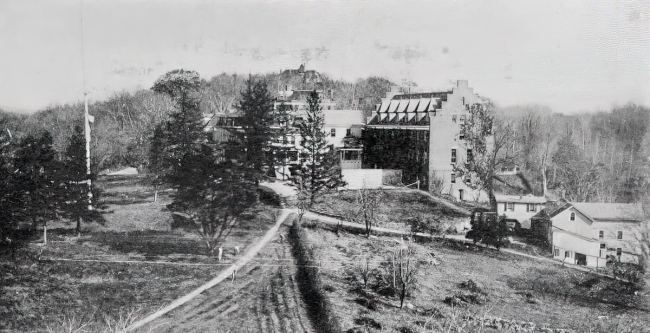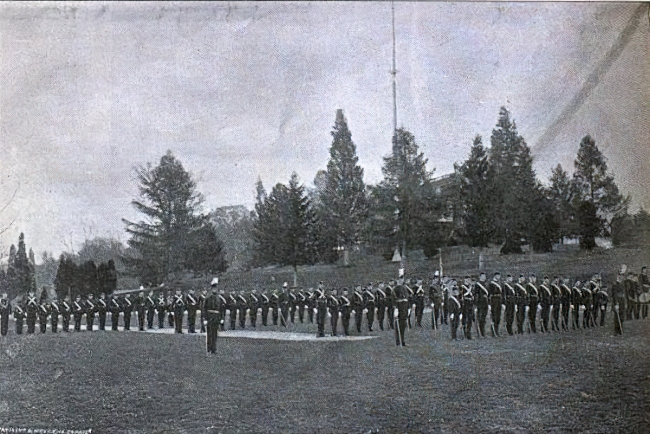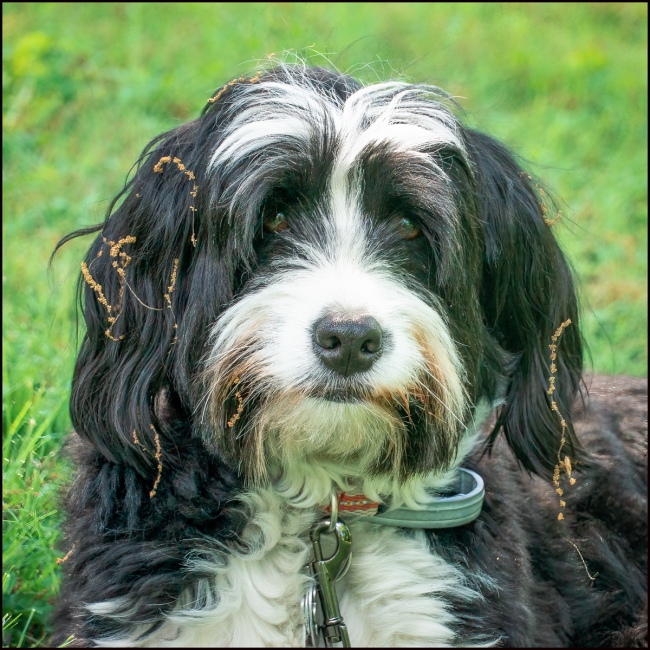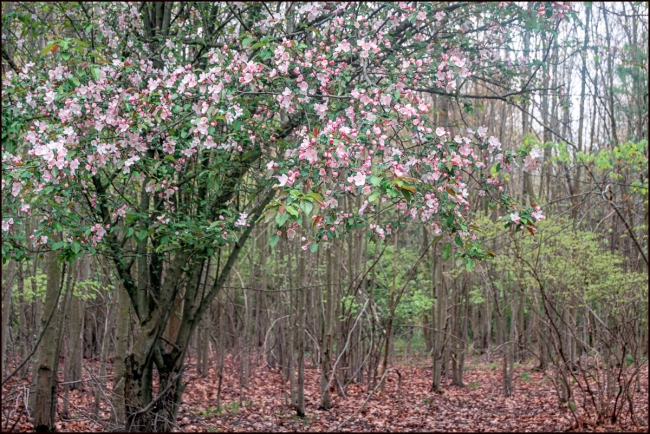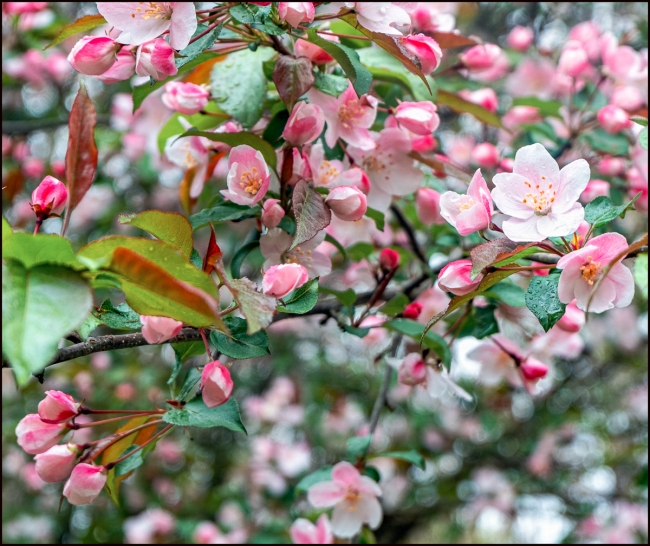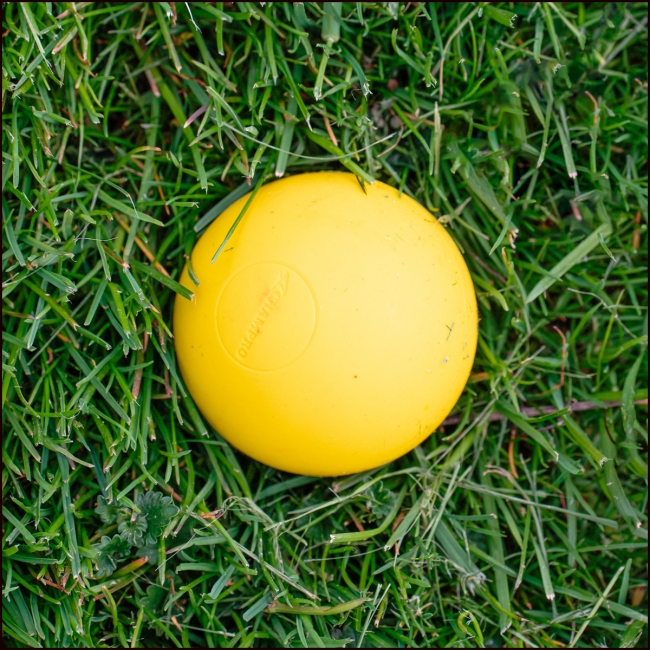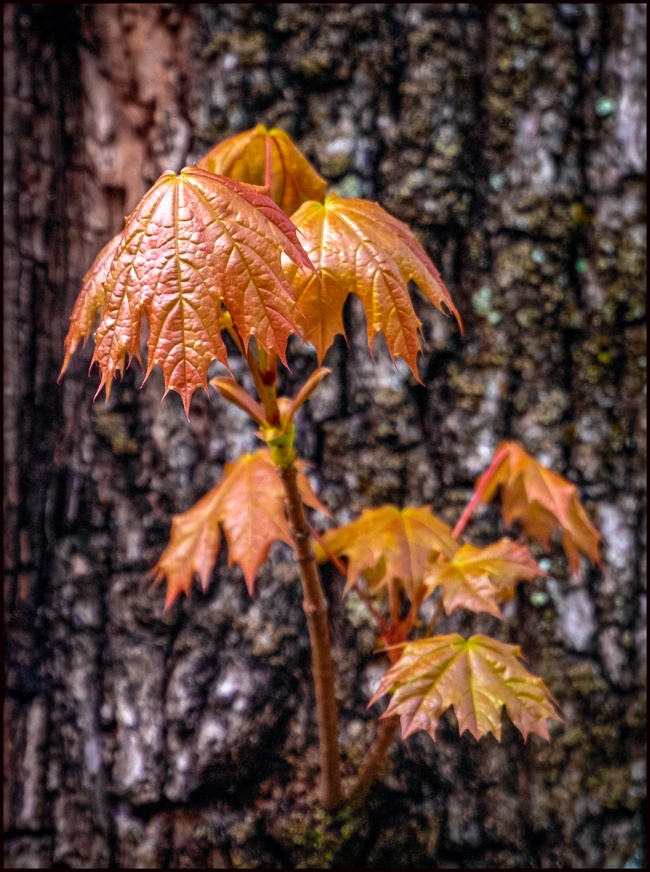I’m interested in the origins of place names. For example near our former lake house is a road called “Pudding Street”. I’ve often wondered why it’s called that. After living there for 10 years I was never able to find out the origin of the name.
Where I live there’s a street called Holbrook Road. Why was it called that? I never knew, until now.
The house above is a little over five minutes walk from mine and while an impressive, imposing dwelling it is not itself the reason why I took the picture. I was actually more interested in what used to stand on the site of this house: Dr. Holbrook’s Military School (hence the name of the street).
According to Wikipedia:
Dr. Holbrook’s Military School was a military academy and boarding school for boys. The school was located in the town of Ossining and overlooked the Hudson River. After the 1906 annexation of Scarborough by the village of Briarcliff Manor, Holbrook’s became part of the village within Ossining.
The school was founded in 1864 as Mr. Tracy’s School. In 1866, after David A. Holbrook purchased the school, it became known as Dr. Holbrook’s Military School. The school ran until 1915, after which it was used in World War I as a field hospital and headquarters to a New York Guard regiment. From 1919 until at least 1927, the school served as the Teachers College Country Club.
I doubt that any of the original buildings remain and of course since it’s private property I couldn’t go and look.
Below a couple of pictures showing how the property looked back in the day.
House picture taken with a Fuji X-E3 and Fuji XC 16-50mm f3.5-5.6 OSS II

